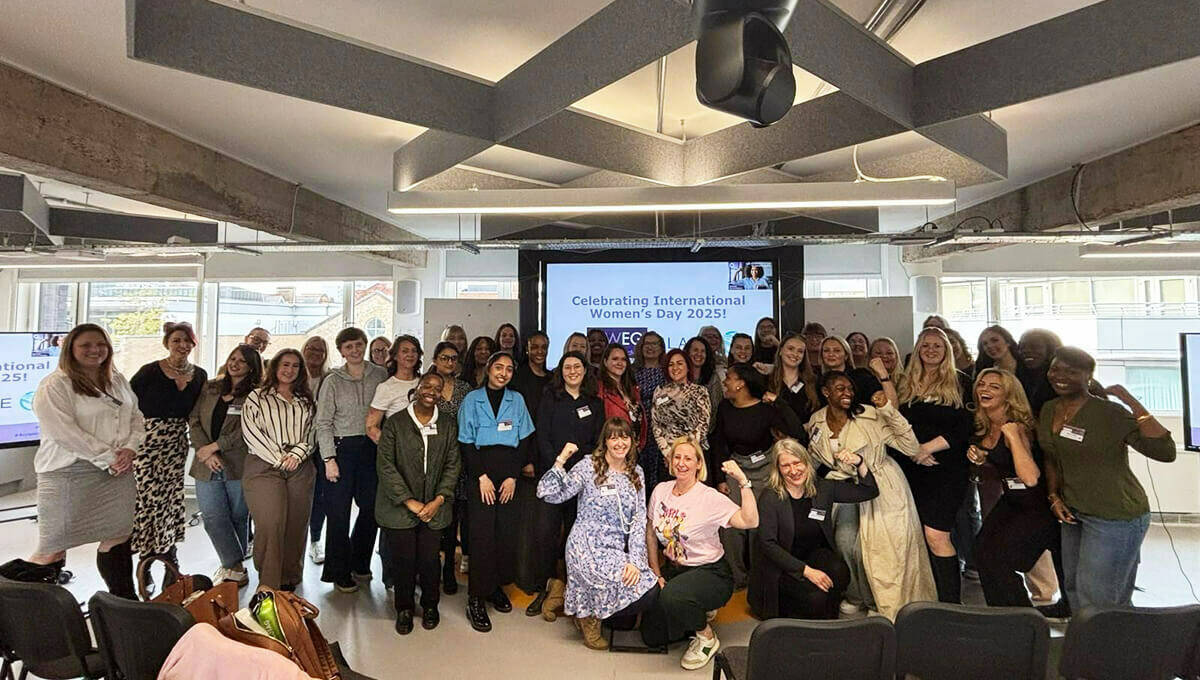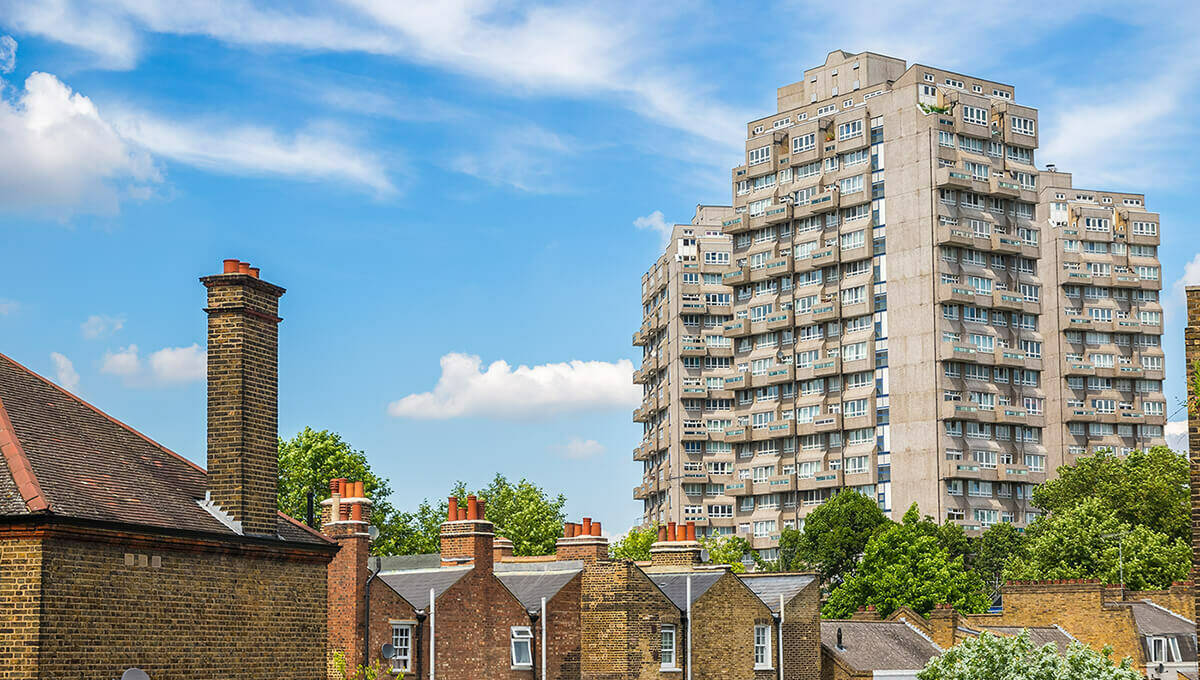
By Simon Bailey, Senior Consultant - Transport and Networks
Technical Innovation is talked about in almost every area of life. The advancements have been exponential over the past two years, leading to many opportunities to improve our lives, but also highlighting where we have been slow to move forward. One of those areas is data collection and interoperability. 5G, smart cities and the Internet of Things are changing the way we work and live.
Technical innovation and the internet have freed many people from having to travel into work at 8:30am - sitting in a traffic jam or on a heavily crowded train. Office culture permitting, people can work from home (or like me work in coffee shops), at different times of day, with laptops, smart phones, video conferencing, and an app for almost every eventuality enabling constant and instant communication with the office.
‘So how does address and street data effect all this?’ I hear you ask. Well data underpins all these activities, and spatial data is essential to bring it all together.
In the world of transport and streets there are numerous innovations; parking, autonomous vehicles, mobility as a service (MaaS), alternative fuels and sharing vehicles. The use and perception of roads is also changing. Over the past ten years the internet has meant more online ordering and has seen a dramatic increase in local deliveries. To keep prices down distributors want better information about their routes, the exact location they need to get to, and where they can park when they get there.
Some of this will be captured on the fly, but if you have good contextual data a lot can be built in so that every vehicle has the same data. That makes conversation between vehicles much easier. Street signs could be a thing of the past. Autonomous vehicles would have inbuilt data systems and that would mean that the ‘rules’ would be sent directly to the car and no longer be interpreted from the hundreds of roads signs at some junctions.
Think how that could change our environment! A much more attractive balance of streets with the rest of the living environment. And potentially removing the very burdensome costs of maintaining all the street signs and road markings.
And parking, imagine being able to know exactly where you are going to park when you get to your destination! Your car will let you know where there is a space and will even be able to book that space for you. No more driving around for 30 minutes to find a space and then find you don’t have the change for the parking meter. Ticket parking is going to be a thing of the past. Once you reach the space your car will automatically be charged for the time you are there, with no need for that loose change. But be mindful. If you park somewhere you shouldn’t, you’ll automatically get a ticket, no more discussions with those parking inspectors!
My hope is that roads and the rest of our environment will start to become part of the same shared space again. No longer will roads cut through our world, but will become a continuous part of it. We’ll have the opportunity to share our spaces again; pedestrians not worried about cars hitting them, and cars not worried about traffic, directions or even those pesky cyclists!
The use and perception of our street environment will change and we’ll all be happier, healthier and calmer.
But to do this, we need the contextual data in the system to be right and up-to-date. These ‘instructions’ need to be shared with everybody dynamically so that we all follow the same rule book.
To get there we need to collect, link and share data. Let the innovators innovate, but to do that well, we need to invest in giving them good data as a foundation. That’s easier said than done. Only 20 years ago almost all official records were on paper, often with a wax seal! And although technology has moved on, we simply haven’t caught up with the making all that data available.
My worry is that if we don’t start to offer better interlinked data then industry will find other solutions, and although information they have won’t be necessarily be 100% correct, it will be ‘good enough’.
I spoke to someone in the Sat Nav industry only a few weeks ago, and they told me that although they would love to have data from a single source that is accurate and up-to-date, ‘almost right’ is good enough for many applications. If they can’t get it from a definitive source, then other technology will fill the space. Now maybe this is okay?! But it is crazy that local government does all this work, only for industry to use other data that is ‘just good enough’. And if we don’t share more, are we going to miss the opportunity to manage our streets without the need of street signs, and are we going to continue to be burdened with maintenance?
The street and transport sectors are most likely to see the biggest changes in any area of life. My hope is that good quality data will underpin technology changes and ultimately make our lives easier and give us a more harmonious liveable environment.



